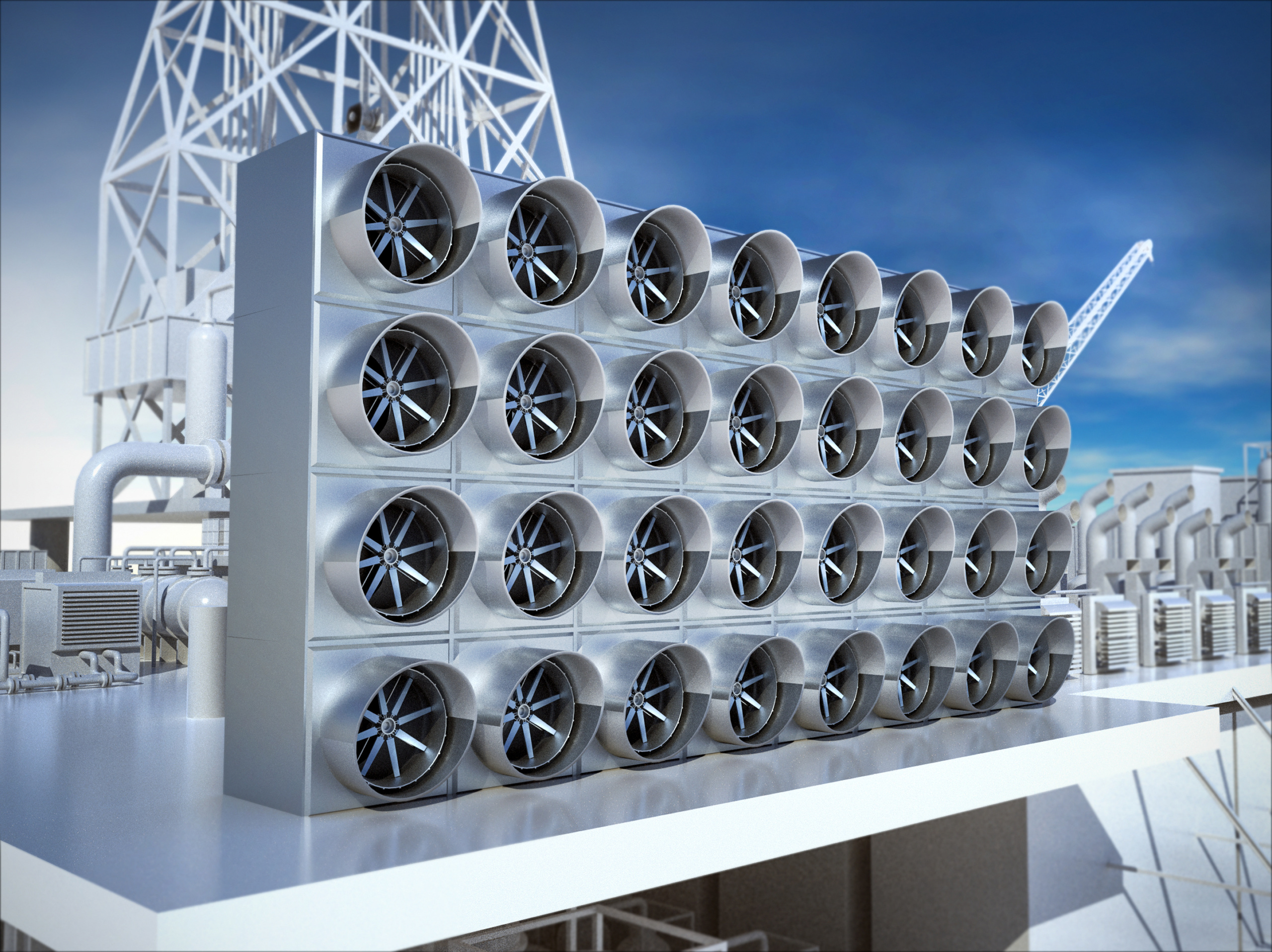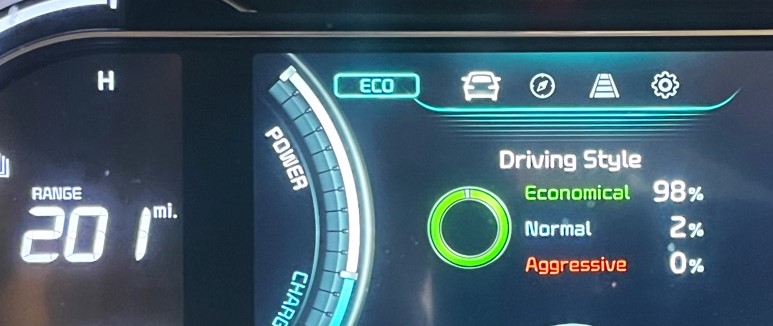
The Benefits of the Clean Car Standards
The clean car standards are national regulations and incentives for the auto industry designed to reduce pollution from the transportation sector. Since passed in 2012, the standards have saved consumers money, reduced pollution, and spurred innovation.
Downloads
Environment Maryland Research & Policy Center
The clean car standards are national regulations and incentives for the auto industry designed to reduce pollution from the transportation sector. Since passed in 2012, the standards have saved consumers money, reduced pollution, and spurred innovation.
In January 2017, the EPA completed their midterm evaluation of the clean car standards, determining that the standards out to 2025 are achievable, affordable and would remain in place. This decision was based on thousands of hours of research and stakeholder input. In March 2017, the Trump administration decided to reopen the midterm review and duplicate the evaluation, with plans to weaken these important standards.
Rolling back the clean car standards is the wrong direction for our nation.
Reducing Climate Pollution
Clean car standards reduce the carbon pollution that contributes to climate change. Transportation is now the country’s largest source of greenhouse gas emissions, and cars, SUVs, and pickup trucks contribute the most within this sector.
The clean car standards are the most effective national policy we have on the books to reduce dangerous carbon pollution nationwide. The standards are set to double fuel economy and cut global warming pollution in half for vehicles sold in 2025.
Saving Consumers Money
By boosting fuel efficiency, America’s clean car standards save families money. America’s drivers have already saved more than $50 billion at the pump thanks to these standards. Everybody saves when their cars are more efficient—but low-income and middle-income people, who spend more of their earnings on transportation, benefit the most.
Consumer’s Union found that when the current standards are fully implemented in 2025, consumers could save $3,200 per car and $4,800 per truck over the lifetime of their vehicle. So far, Marylanders have saved at least $620 million thanks to the clean car standards.
Achievable and Effective
Our clean car standards are achievable and working. We need to move forward on cleaning up our cars, not reverse the progress we are set to achieve. The public wants and supports the standards, and they are crucial to reducing emissions. In fact, clean car standards have helped cut health-threatening pollution from cars and trucks by about 90 percent since 1998.
The overwhelming majority (87%) of Americans support automakers building cleaner, more efficient cars, pickup trucks, and SUVs. Republicans and Democrats alike strongly favor common-sense clean car standards.
To date, automakers have met these standards. Independent data shows that they have the technology to continue meeting the standards into the future. The auto industry has always been a leader in innovation, starting from the concept of the American assembly line. These common-sense standards are protecting our health and climate from dangerous pollution, saving billions of gallons of fuel, and saving Americans money. Automakers need to keep moving forward to deliver more efficient cars for the American people.
Topics
Find Out More


Carbon dioxide removal: The right thing at the wrong time?

Fact file: Computing is using more energy than ever.

